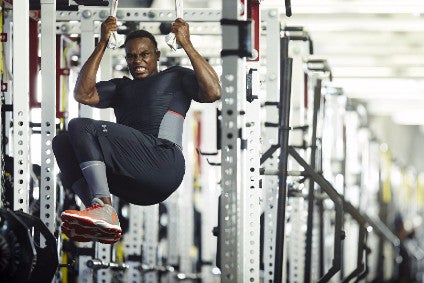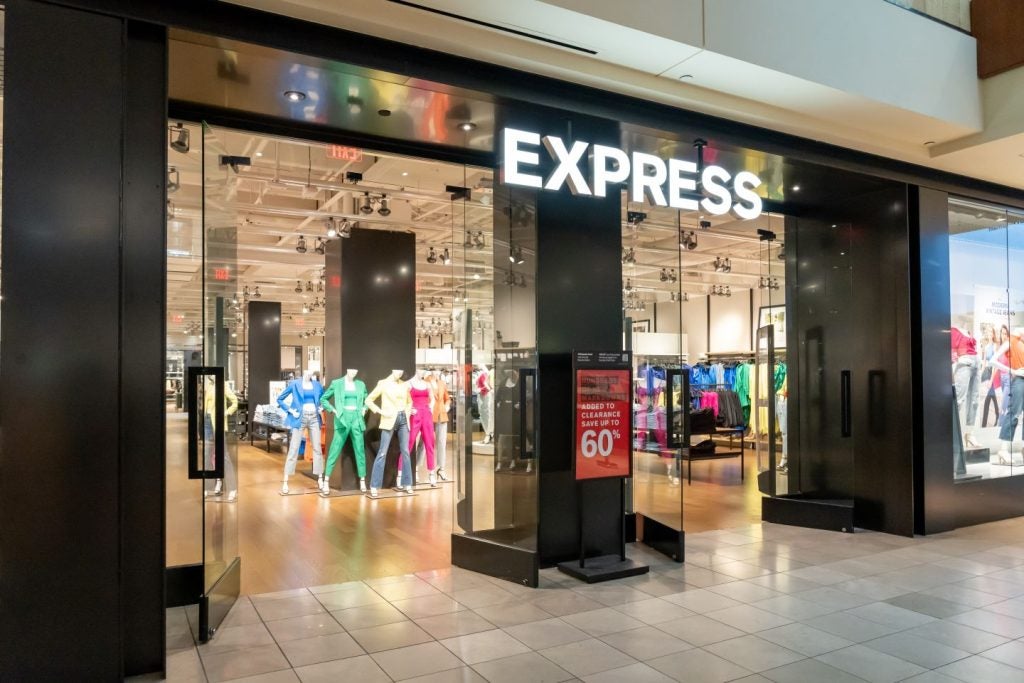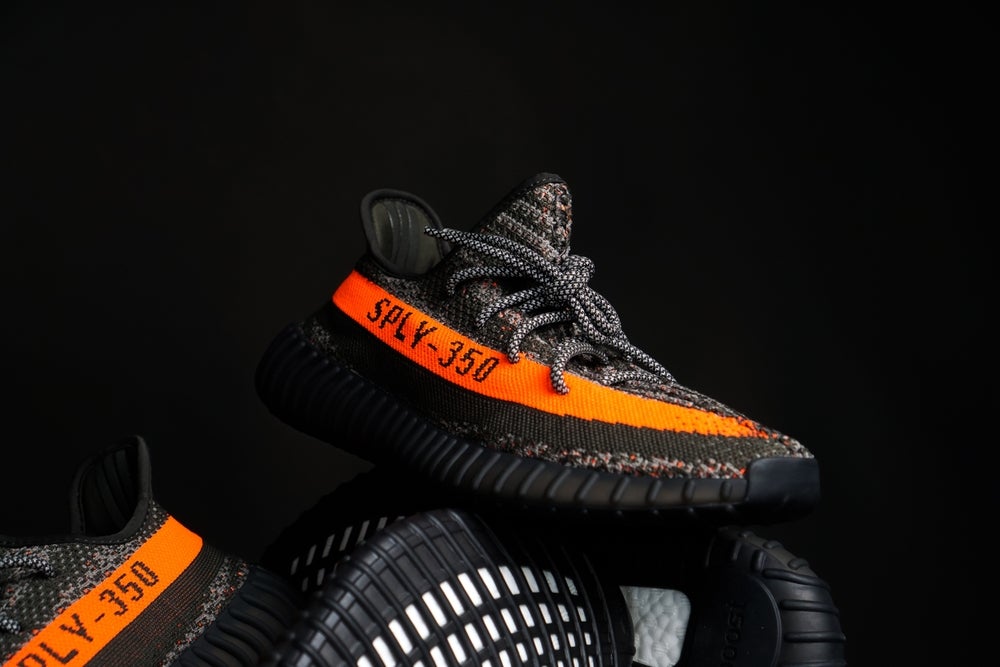
Amid signs of a slowdown in its North American business, US sportswear brand Under Armour has made a number of “strategic deep dives” into strategy, supply chain, product, marketing and sales as a precursor to speeding business and brand-right decisions.
Reporting its third-quarter results this week, Under Armour lowered its full-year sales outlook for the second time in three months, sending its share price down more than 15% in early trading.
Continued weakness in North America, traditionally one of its strongest markets, weighed on the sportswear firm’s results. Total sales fell 5% to US$1.4bn, weighed down by a 12% decline in domestic sales. Gross margin narrowed 160 basis points and earnings fell nearly 4% to $54.2m.
The athletic wear maker has tried to tackle the challenges with store closures and job cuts, and the roll-out of an integrated ERP software solution. This included point-of-sale, warehouse management, inventory control, merchandising and product allocation systems in both North America and Europe.
But while the enhancements are designed to enable the company to operate more effectively and efficiently – and ultimately enhance long-term productivity – the implementation has caused disruption in Under Armour’s supply chain.
See Also:
“This led to delayed shipments and loss of productivity, which negatively impacted our third quarter results,” COO Patrik Frisk told analysts on the firm’s earnings call this week. “During this system migration, we have encountered a number of change management issues impacting our workforce and manufacturing partners as they adapt to the new platform and processes.”
How well do you really know your competitors?
Access the most comprehensive Company Profiles on the market, powered by GlobalData. Save hours of research. Gain competitive edge.

Thank you!
Your download email will arrive shortly
Not ready to buy yet? Download a free sample
We are confident about the unique quality of our Company Profiles. However, we want you to make the most beneficial decision for your business, so we offer a free sample that you can download by submitting the below form
By GlobalDataSlowing for speed
Frisk also says the company has made a number of “strategic deep dives” into strategy, supply chain, product, marketing and sales, resulting in “absolute clarity” around the challenges impacting Under Armour, the root causes and how it will address them.
“In 2017 and 2018, we are slowing down to speed up. What does that mean? It means that independent of the macro factors compounding the outlook for our North American wholesale business, we are simultaneously re-engineering our foundation, sharpening the organisation and learning what it means to operate as a big company.”
This will see a focus on three areas: structure, process, and go-to-market. Of the former, Frisk explains: “We’re in the weeds, working to create dramatically better synergy between how design, supply chain and our segmentation approach is supported by our merchandising, demand creation and distribution structure. Within our quickly evolving matrix organisation, it’s just about that organisation.”
The company will also look at optimising its ability to commercialise and make the business stronger and faster. This will include standardising everyday procedures like planning, business reviews and the use of data and analytics to establishing a team “capable of making business and brand right decisions quickly.”
High performance and innovation
Shifting fashion trends have seen Under Armour’s popularity as a streetwear brand erode in recent years. The company has since entered new categories such as fishing, tennis and outdoor gear, and it recently launched a new monthly subscription service – ArmourBox.
Under Armour launches first subscription service
Frisk, however, admits that while blending high-performance innovation with function and style is at the core of Under Armour’s proposition, the company has been inconsistent with this promise in the last few years.
Going forward, you’ll see us accelerate our purpose as a performance brand by doubling down on innovation and creating even deeper connections with our consumers, underscoring how Under Armour makes you better. That’s not to say there’s a pause in our current pipeline though.”
For the remainder of 2017 and heading into 2018, Frisk says Under Armour will concentrate on innovating in its apparel and footwear categories and its sportstyle product.
Of its footwear category, which saw third-quarter sales climb 2% to $285m, Frisk admitted the year-to-date performance has fallen short of company expectations.
“We are working diligently to proactively fine tune our footwear playbook and ensure we deliver the right innovation, style and price to value equation at the right place and at the right time.
“Based on my 30 years in this industry, I’m resolute and optimistic about the opportunity for Under Armour,” Fisk told analysts. “It might sound a little bit out of sync, but I assure you we are clear-headed and well aware of the issues at hand and the tremendous amount of work ahead of us. Nearly a year into what we believe will be a two-year journey, the strength of this global team in accelerating global scale and sharing a willingness to evolve and become a better company is undeniably confidence inspiring.”
Appropriate steps
While Barclays analyst Matthew McClintock describes the results as disappointing, he adds: “We believe management’s tone has become much more constructive than in the past: We are encouraged by what we consider to be some appropriate steps toward turning the business around.”
Neil Saunders, managing director of GlobalData Retail, questions how the one-time powerhouse of sports retail lost so much traction so quickly?
“With revenue growth moderating for the past couple of quarters, and with North American sales down across the first half of the year, the signs of a slowdown have been present for some time. Given the gentleness of these previous shifts, it has been easy to pin the blame on external factors such as a tapering down of demand for athleisure apparel, or the bankruptcy of leading sports retailers.”
“It is clear that Under Armour is underperforming and losing market share,” Saunders says. “This is an abrupt about-turn for a company that, until recently, was on a mission to challenge the might of NIKE and other major brands.”
The analyst puts this down to Under Armour putting down very shallow roots and dropping off many consumers’ radars, a loss of focus, along with “questionable” distribution decisions.
German sportswear firm adidas, in particular, has been taking market share from both Under Armour and Nike, raising its full-year guidance amid sales growth of 26% in North America in its last quarter.







